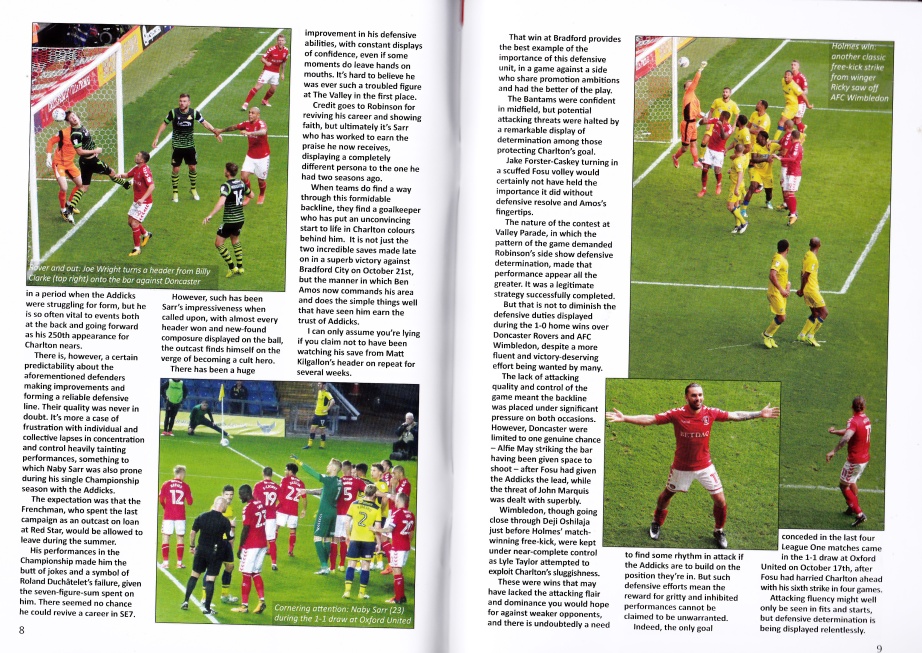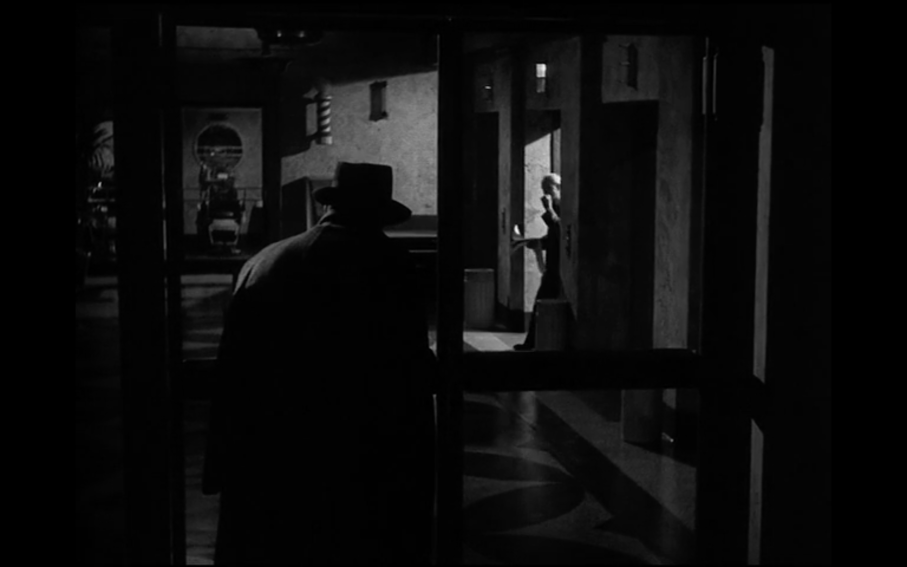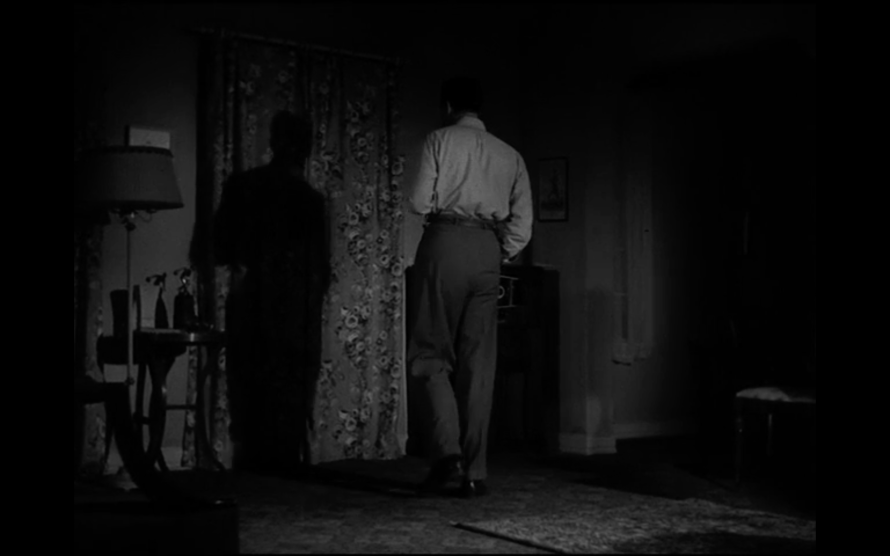Ope Talk
 Last Thursday we had a talk from ex-Ravensbourne student Ope Odueyungbo. He graduated from the course in 2013. Ope is a prime example of how to use social media to get commissioned work. He has used Instagram since 2010 and he thinks that “80%” of his work has been gained through his Instagram feed.
Last Thursday we had a talk from ex-Ravensbourne student Ope Odueyungbo. He graduated from the course in 2013. Ope is a prime example of how to use social media to get commissioned work. He has used Instagram since 2010 and he thinks that “80%” of his work has been gained through his Instagram feed.
He has got a fantastic following on Instagram which he uses to share the work he does for his clients. He has 96.1k followers to which a fair amount of his post past 1000 likes.
Mentioning clients he has worked with a wide range of clients.
- Mini
- Adidas
- Huawei
- Disaraonno
- Audi
- Puma
- Cadbury
- Greenwich Peninsula
- Kodak
- Absolut Vodka
- American Express
- Nokia
- Timberland
To name a few.
Here are a few examples of his commissioned jobs
This is what I took from the talk:
- With social media you should “Post Regularly … comment & like other peoples work“
- When he was on his first job with Adidas he was “excited but I had to keep a professional mindset“
- “Good to travel it broadens your horizons and keeps your work fresh“
- “Keep taking pictures, even if you don’t have your camera“
- “The end of the day with social media. We don’t know who is watching” It could be a fan, it could be a future client
- “Go through Instagram and delete your personal posts and only post your best work“
- “Following others is a great way to learn, grow and be part of the photographic community“
- “The more you help the community, the more the community will help you“
- “Try to post on a daily basis“
- “The more you shoot, the better you’ll get“
- “You have to be firm about your pricing, have to get be confident with your fee“
- “If they come to you, it’s for a reason. They like your work“
- “If companies come to you with a specific fee, they probably have more to pay“
- “Sometimes it’s worth earning less money just to get your name out there“








 I really liked the variety in the size of the images that are used. Every page has text, the majority of pages have images. Mentioning back to the size of the images. Some cover most of the page. Some are just a small box in the corner of the page.
I really liked the variety in the size of the images that are used. Every page has text, the majority of pages have images. Mentioning back to the size of the images. Some cover most of the page. Some are just a small box in the corner of the page. One layout I hope to replicate in my fanzine. The centre piece of VOTV is always one game. I think I could use a layout similar this to probably replicate the best match that I’ve photographed in the creation of a fanzine.
One layout I hope to replicate in my fanzine. The centre piece of VOTV is always one game. I think I could use a layout similar this to probably replicate the best match that I’ve photographed in the creation of a fanzine.





 Lighting wise, we had two Elinchrom 600’s. One on the left of the subject from a high angle. We put this slightly in front so that this strong shadow was casted over my eyes. However the mouth was still in focus. We had a Honeycomb Wheel modifier on this light.
Lighting wise, we had two Elinchrom 600’s. One on the left of the subject from a high angle. We put this slightly in front so that this strong shadow was casted over my eyes. However the mouth was still in focus. We had a Honeycomb Wheel modifier on this light.


 Tomorrow I’m off to Cambridge to shoot some film noir style images. So I’ve decided to take this chance to have a look at Double Indemnity. A 1944 film noir directed by Billy Wilder. The film was listed 4th in the
Tomorrow I’m off to Cambridge to shoot some film noir style images. So I’ve decided to take this chance to have a look at Double Indemnity. A 1944 film noir directed by Billy Wilder. The film was listed 4th in the









 So I decided to pick All Out Cricket instead. I was not prepared for the next step. We had to find the phone number of our magazine. Ring them up and find out there daily commission rates. We also have to find out if they cover expenses. I could only find one phone number on there website. 020 3696 5732. I wasn’t expecting much from this because the email underneath was
So I decided to pick All Out Cricket instead. I was not prepared for the next step. We had to find the phone number of our magazine. Ring them up and find out there daily commission rates. We also have to find out if they cover expenses. I could only find one phone number on there website. 020 3696 5732. I wasn’t expecting much from this because the email underneath was